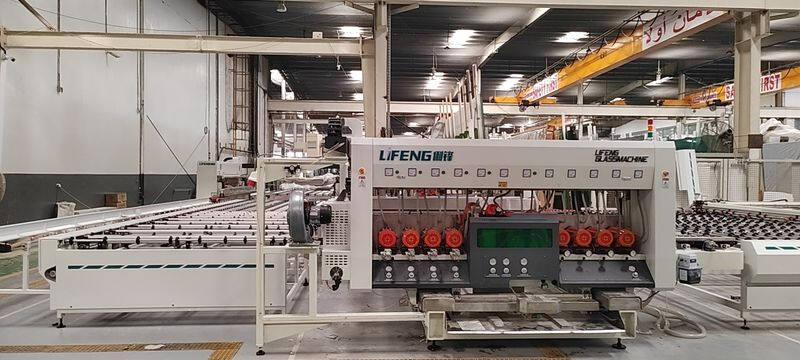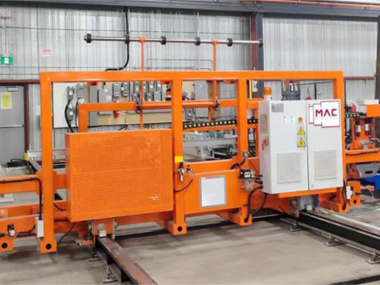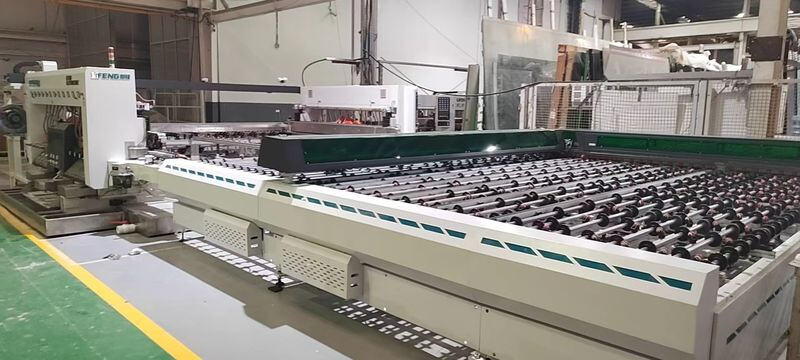spindle grinder
A spindle grinder is a precision machining tool essential for maintaining and repairing various types of rotating equipment. This specialized device is designed to restore the geometric accuracy of machine tool spindles, ensuring optimal performance and longevity of industrial machinery. The spindle grinder utilizes advanced grinding technology to achieve extremely precise surface finishes and dimensional accuracy, often working to tolerances measured in micrometers. The machine operates by rotating the workpiece while a grinding wheel, mounted on its own precision spindle, removes material to achieve the desired dimensions and surface quality. Modern spindle grinders incorporate sophisticated control systems that allow for automated operation, precise depth control, and consistent material removal rates. These machines are equipped with various grinding wheel options to accommodate different materials and finishing requirements, from rough grinding to ultra-fine finishing operations. The applications of spindle grinders span across numerous industries, including automotive manufacturing, aerospace components, precision tooling, and general machining operations. They are particularly valuable in maintenance facilities where machine tool spindles require periodic reconditioning to maintain their accuracy and performance characteristics.


